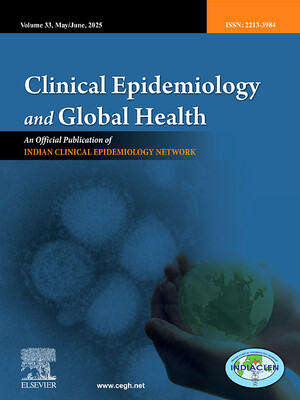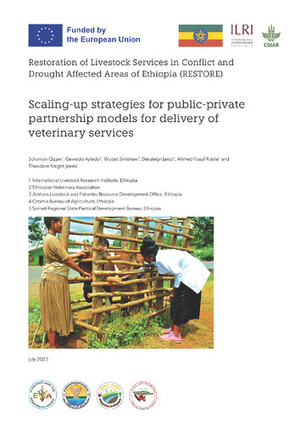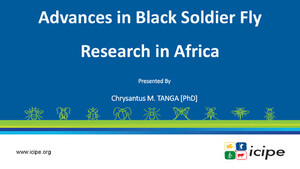
Zoonoses and poverty: The multiple burdens of zoonoses in low- and middle-income countries
Abstract
Poor people have greater exposure to zoonoses through livestock keeping; living in agricultural communities; greater exposure to peri-domestic and wild animals; and less access to clean water and sanitation. Although their consumption of animal source products is low, the quality of these products is poor.
In addition to human health burdens, zoonoses reduce livestock productivity and are important barriers to trade in livestock products, as well as causing more difficulty to quantify harms such as spillover to wildlife populations. These additional impacts also contribute to poverty in developing countries. However, the relation between poverty and zoonoses is complicated.
Assessing the impacts of zoonoses helps prioritize management. Among the most important zoonoses in developing countries are leptospirosis, cysticercosis, brucellosis, tuberculosis, and rabies and zoonoses causing foodborne disease. The COVID-19 pandemic also showed how lack of resilience leads to greater vulnerability of poor people to emerging zoonoses of high economic impact.
Investment and innovation are urgently needed to tackle zoonoses in developing countries where they currently impose massive burdens on human, animal, and ecosystem health.
Citation
Grace, D. and Cook, E. 2023. Zoonoses and poverty: The multiple burdens of zoonoses in low- and middle-income countries. IN: Sing, A. (ed), Zoonoses: Infections affecting humans and animals. Cham, Switzerland: Springer. pp. 1685–1697.










